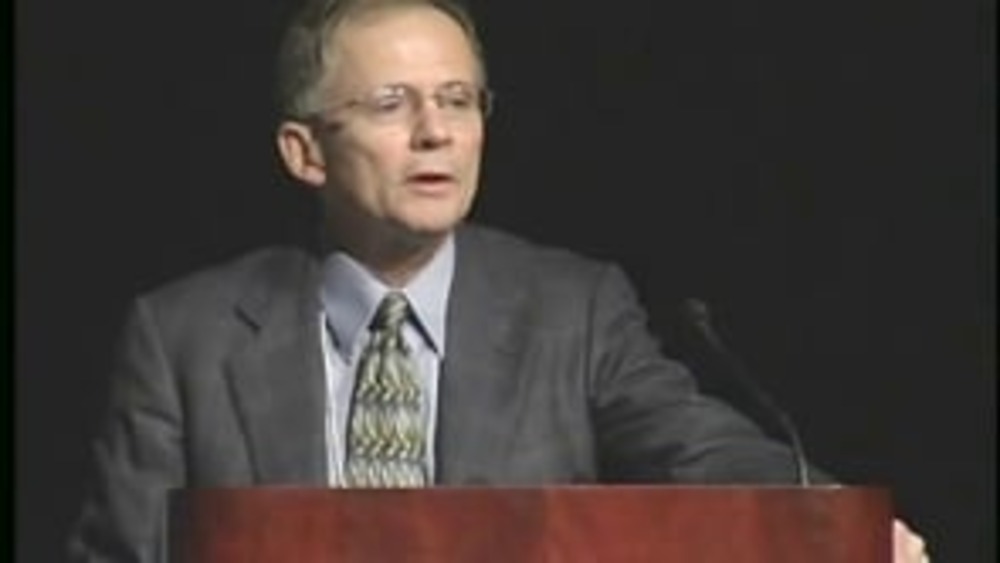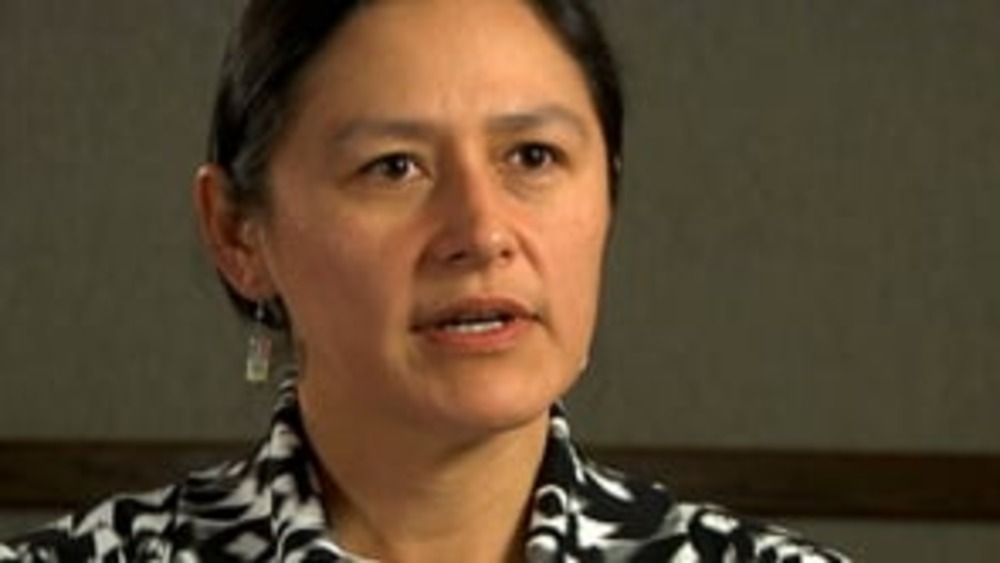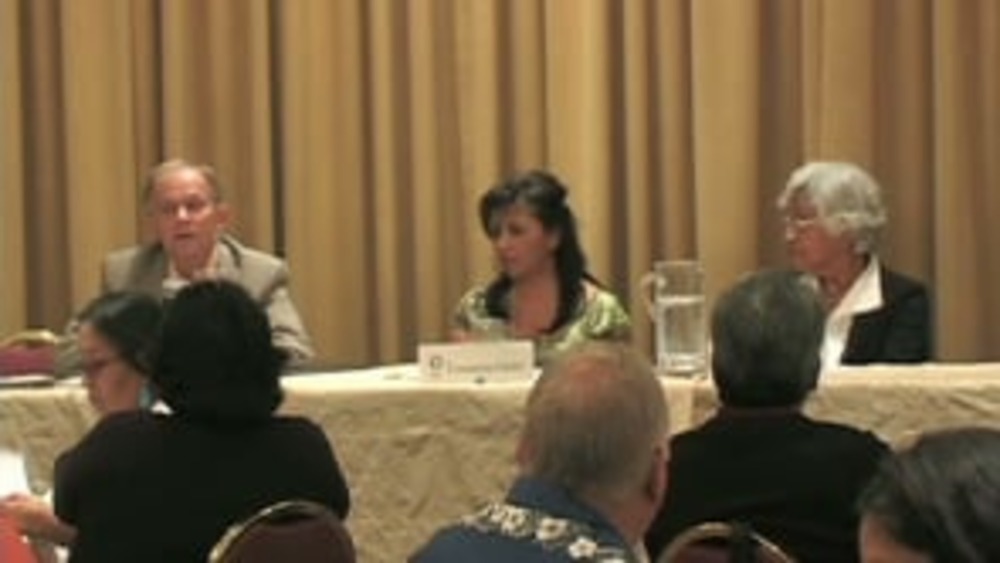Indigenous Governance Database
Tom Hampson
Thumbnail

Honoring Nations: Tom Hampson: ONABEN: A Native American Business Network
Former Executive Director of ONABEN Tom Hampson presents an overview of the organization's work to the Honoring Nations Board of Governors in conjunction with the 2005 Honoring Nations Awards.
Thumbnail

From the Rebuilding Native Nations Course Series: "Citizen-Owned Businesses: Improving the Quality of Life"
Native leaders and scholars discuss the ways that citizen-owned businesses contribute to an improved quality of life for Native nations and their citizens.
Thumbnail

Honoring Nations: Tom Hampson: Native Asset Building
ONABEN Executive Director Tom Hampson discusses the resilient entrepreneurial spirit that exists in Indian Country, and how it can be a key to transformative change in Native communities.
Thumbnail

Honoring Nations: Tom Hampson: Native Asset Building (Q&A)
ONABEN Executive Director Tom Hampson fields audience questions about ONABEN's work and strategies for cultivating entrepreneurship in Indian Country.
